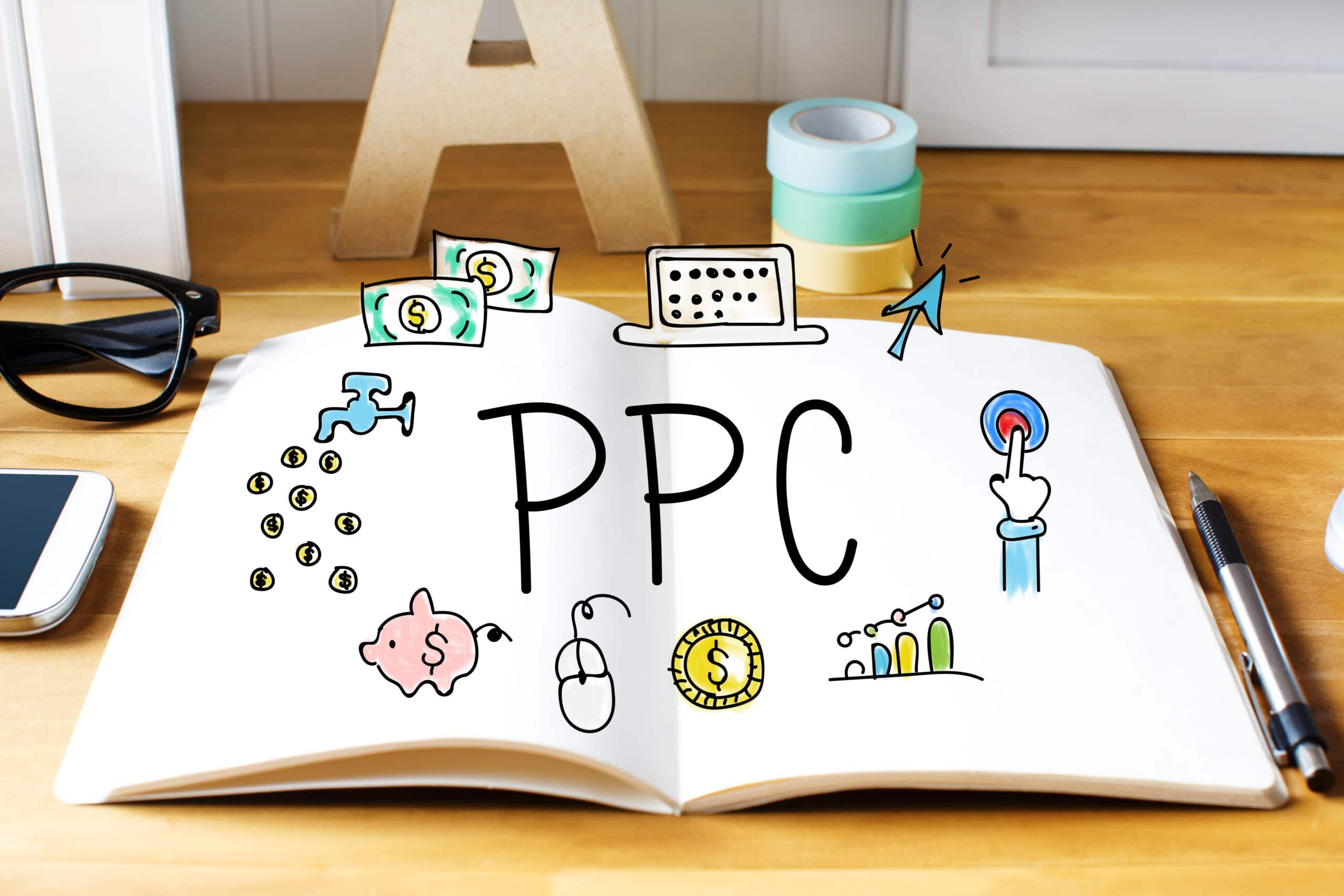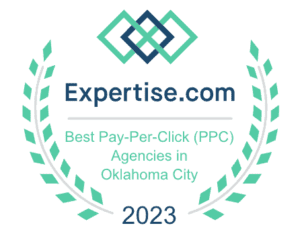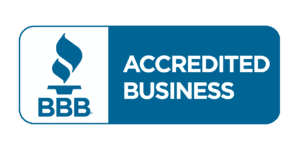Pay-per-click (PPC) advertising is an integral part of digital marketing. It offers businesses a unique opportunity to promote their products or services directly to their target audience, control their advertising costs, and measure their results in real-time. However, creating and managing an effective PPC advertising campaign requires understanding its various components, knowing how long it takes to start working, and handling the day-to-day management of the ads. This article will delve into these aspects.
Components of an Effective PPC Advertising Strategy
A robust PPC advertising strategy comprises several elements, each playing a vital role in the success of your campaigns. Here are the key components:
1. Understanding Your Audience
Before you can create a successful PPC campaign, you need to know who you’re advertising to. Understanding your audience involves defining your buyer personas – semi-fictional representations of your ideal customers based on market research and real data about your existing customers. The more detailed your buyer personas, the better you can tailor your PPC campaigns to resonate with your audience.
2. Keyword Research
Keyword research is the process of identifying the words and phrases your target audience uses when searching online. These keywords should be relevant to your products or services and have a high search volume and low competition. Tools like Google Keyword Planner, SEMRush, or Ahrefs can help you find the right keywords for your PPC campaigns.
3. Creating Compelling Ad Copy
The ad copy is the text that makes up the body of your PPC ad. It should be persuasive, engaging, and aligned with your brand voice. It should also include a compelling call-to-action (CTA) that prompts the user to take a desired action, such as clicking on the ad, making a purchase, or signing up for a newsletter.
4. Designing Eye-Catching Ad Creatives
The ad creative is the visual component of your PPC ad. It could be a static image, a carousel of images, a video, or an interactive ad. Your ad creative should be visually appealing, aligned with your brand identity, and designed to attract your target audience’s attention.
5. Landing Page Optimization
The landing page is the webpage users land on after clicking on your PPC ad. It should be relevant to the ad, easy to navigate, and designed to convert visitors into leads or customers. This includes having a clear headline, engaging copy, eye-catching visuals, and a prominent CTA.
6. Setting Up Conversion Tracking
Conversion tracking allows you to measure how many clicks on your PPC ads lead to desirable actions, such as purchases, sign-ups, or downloads. By setting up conversion tracking, you can understand which ads are performing well and which ones need improvement.
7. Managing Your Ad Budget
Managing your ad budget involves deciding how much you’re willing to spend on your PPC campaigns and allocating this budget effectively to achieve the highest return on investment (ROI). This includes setting your maximum cost-per-click (CPC), adjusting your bids based on the performance of your ads, and monitoring your ad spend regularly.
How Long Does PPC Advertising Take to Start Working?
Unlike SEO, which is a long-term strategy, PPC advertising can start showing results almost immediately. Once your ads are live, they can start appearing in search results, and you can start getting clicks and conversions. However, it’s important to note that while PPC can deliver quick results, it’s not a set-it-and-forget-it strategy. It requires ongoing optimization and management to continue delivering results.
Day-to-Day Management of PPC Ads
Managing PPC ads is an ongoing process that involves several tasks:
1. Monitoring Ad Performance
Regularly monitoring your ad performance is crucial to understand which ads are delivering results and which ones aren’t. Key metrics to monitor include impressions (how many times your ad was shown), clicks (how many times your ad was clicked), CTR (click-through rate – the percentage of impressions that resulted in a click), conversions (how many clicks led to a desirable action), and CPA (cost per acquisition – the average cost of acquiring a customer).
2. Optimizing Ads
Based on your ad performance, you may need to optimize your ads to improve their results. This could involve tweaking your ad copy or creatives, adjusting your bids, changing your keywords, or testing different landing pages.
3. A/B Testing
A/B testing involves running two versions of an ad or landing page to see which one performs better. By regularly conducting A/B tests, you can continuously improve your PPC campaigns and maximize your ROI.
4. Updating Keyword Lists
Your keyword lists shouldn’t be static. You should regularly update them based on new products or services, seasonal trends, changes in search behavior, or the performance of your current keywords.
5. Managing Negative Keywords
Negative keywords are words or phrases that you don’t want your ads to show up for. By managing your negative keywords, you can prevent your ads from appearing for irrelevant searches, saving your ad budget for the keywords that matter.
6. Reporting
Regular reporting is crucial to keep stakeholders informed about the performance of your PPC campaigns. Your reports should include key metrics, insights, and recommendations for future actions.
Conclusion
PPC advertising is a powerful tool that can drive traffic, leads, and sales to your business. However, it requires a deep understanding of its various components, patience to wait for the results, and dedication to manage the ads on a day-to-day basis. By implementing the strategies outlined in this article, you can create and manage effective PPC campaigns that deliver a high ROI.









